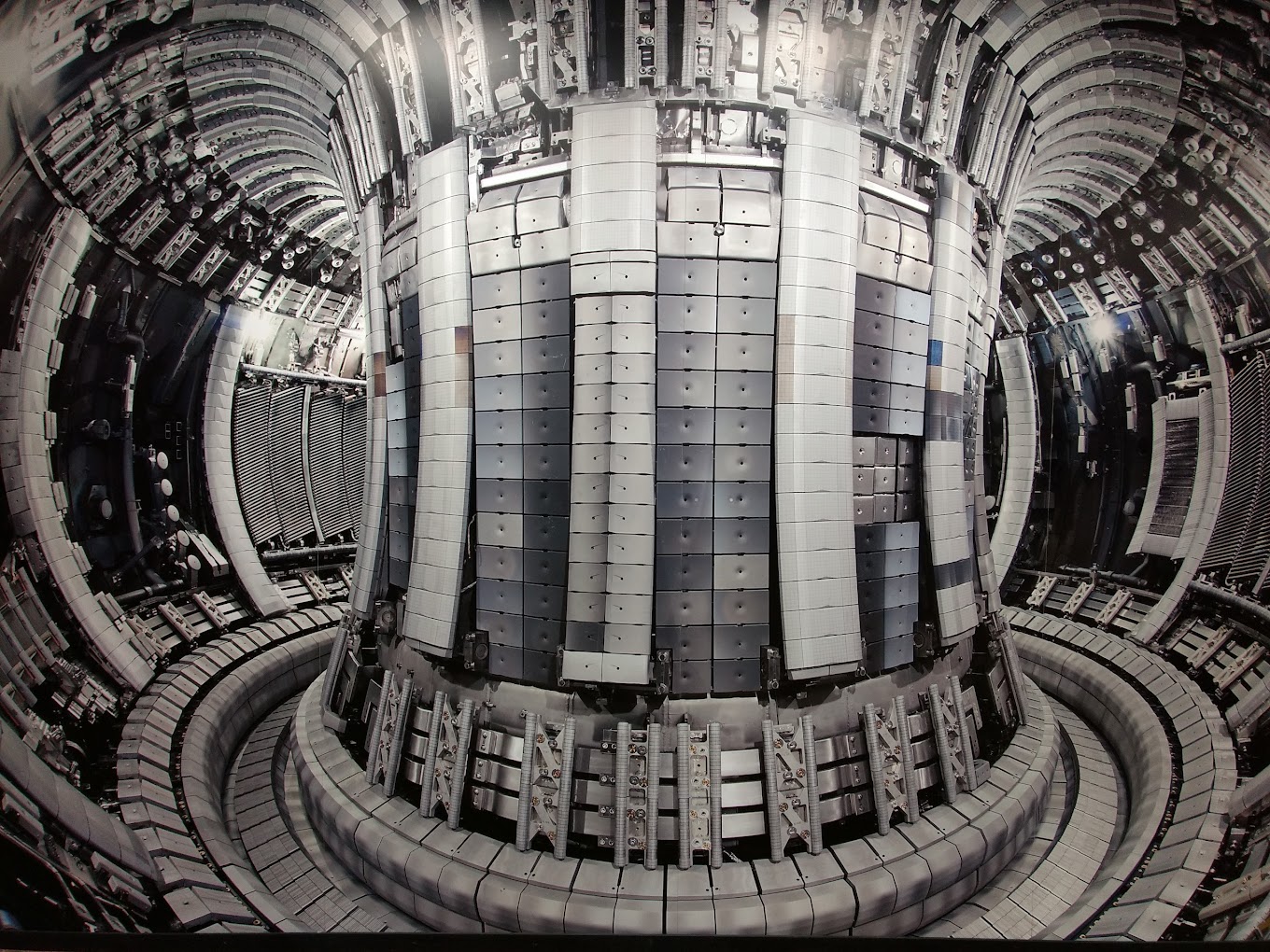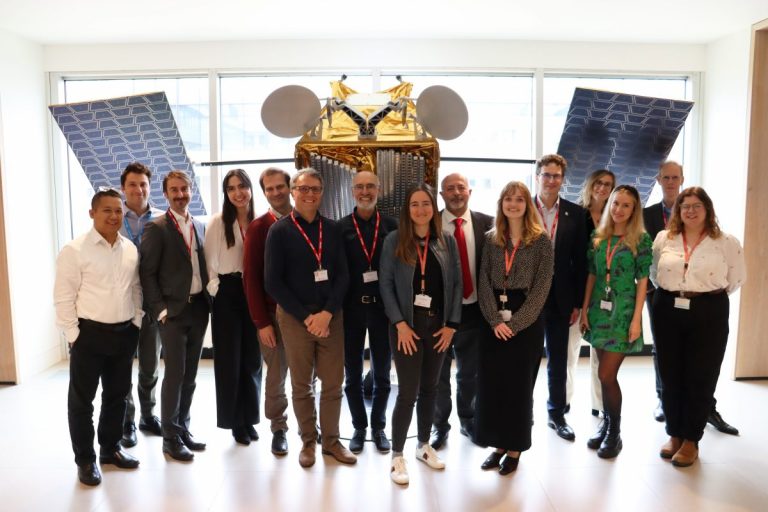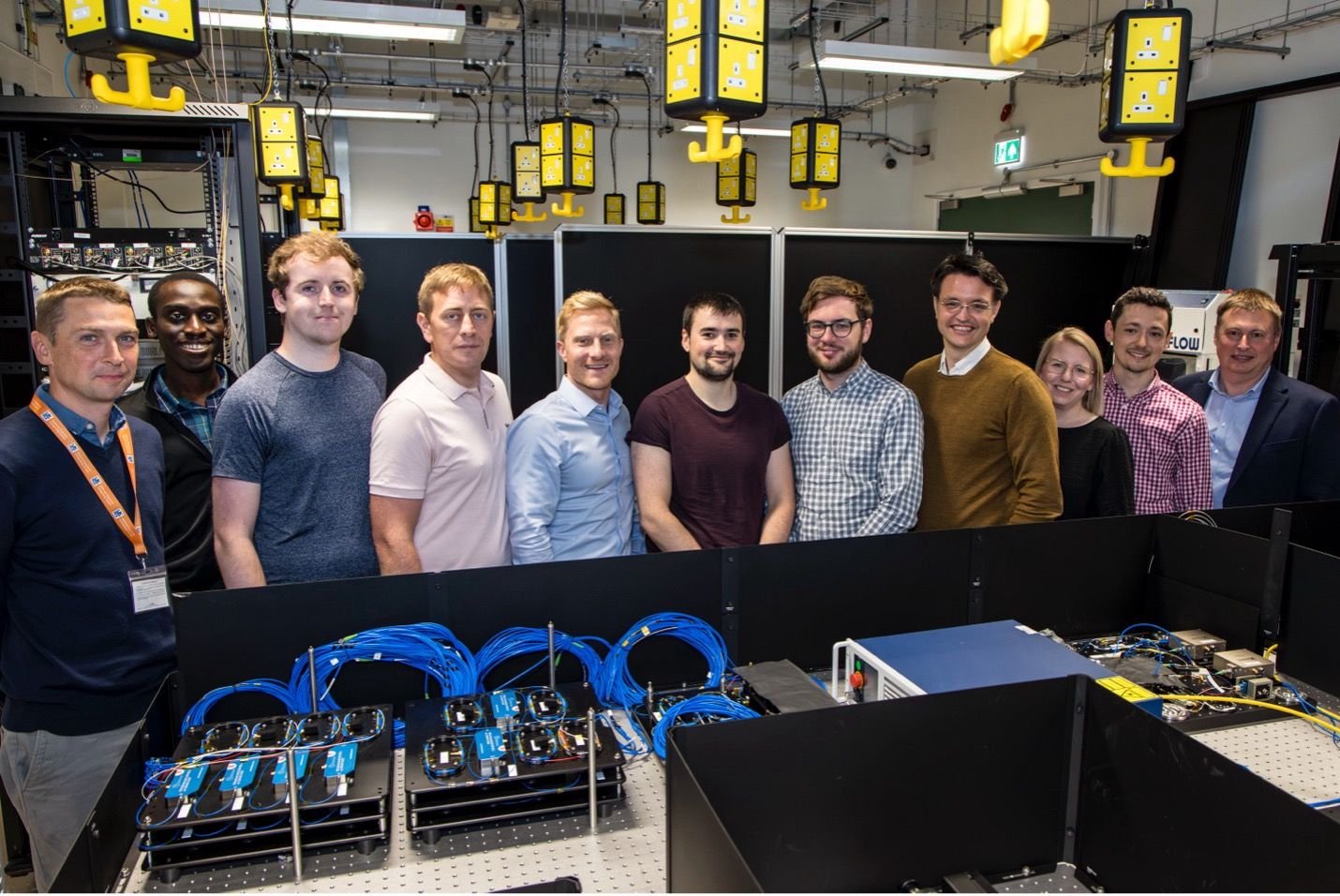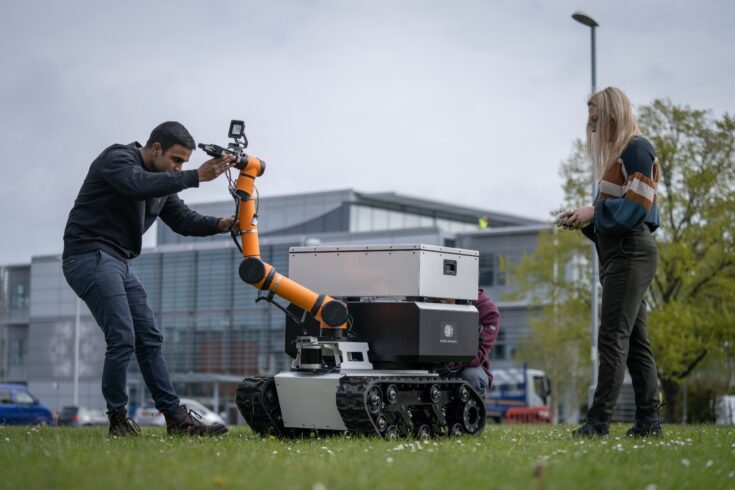
UKAEA and Oxford Sigma collaborate to help demonstrate the commercial viability of fusion energy
UKAEA and Oxford Sigma have teamed up to develop manufacturing pathway solutions for novel tungsten plasma-facing components for the UK Atomic Energy Authority (UKAEA)’s Spherical Tokamak for Energy Production (STEP) programme. This ambitious programme seeks to demonstrate the commercial viability of fusion energy.
The plasma-facing components of a fusion energy machine must protect the rest of the components from the extreme heat loads and neutron damage imparted by the plasma. It is an actively cooled component often containing sacrificial sections that are designed to melt during occurrences when the plasma touches the wall. Traditional plasma-facing component designs consisting of tungsten armour on a steel or copper heatsink present many manufacturing challenges for implementation on a large-scale tokamak, like STEP, mainly due to the materials’ differences in heat expansion coefficients and thermal heat conductivity properties. Oxford Sigma has identified suitable manufacturing pathways for using novel tungsten alloys for the complex plasma-facing component design. These novel tungsten alloys could eliminate the need for challenging dissimilar material joins and be included in future fusion power stations like STEP to improve the performance and operational lifetime of the plasma-facing components.
The Oxford Sigma team are experts in fusion materials and are developing novel materials solution for fusion components, such as first-walls and breeder blankets. The company is leading the development of the ASME BPVC fusion construction code and collaborating with multiple national laboratories on the standardisation of fusion materials qualification. This collaboration between Oxford Sigma and UKAEA demonstrates the growth and maturity in engineering design of fusion in the UK with the aim of an accelerated commercialisation by 2040.
“The advanced materials and geometries that may be required for devices in STEP present serious challenges, and opportunities for manufacturing. We are delighted to have been able to support UKAEA in exploring their methods of manufacture for these components.” Dr Alasdair Morrison, Technology Manager
“There are a number of significant engineering and manufacturing challenges to resolve to realise fusion, alongside the science of fusion itself. Our work with Oxford Sigma will start to address some of these challenges, building on existing knowledge to positively influence component design to ensure manufacturability.” Karyn Eden, UKAEA’s STEP Manufacturing Readiness Lead


